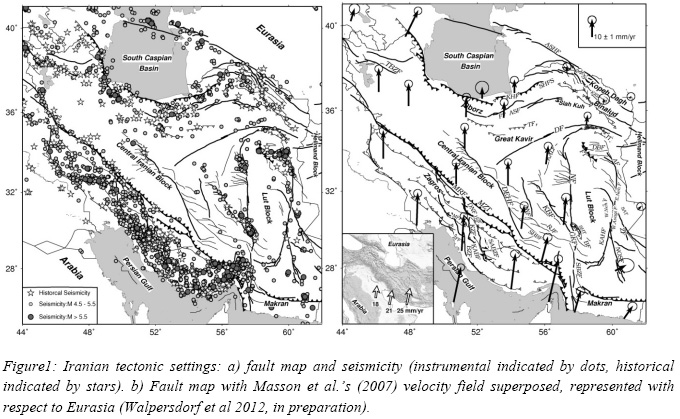Articles in the Applications Category

Nowadays researchers and various users are very interested in urban applications at large scale, where small UAVs are very useful. In Photogrammetry, UAVs represent a very fl exible and low-cost platform which reduces data acquisition time and provides for high resolution and high accuracy data for small area modeling…

Pilotless aerial vehicle systems (PAVs) have captured many people’s imaginations through the media as combat vehicles in various war zones around the world. These vehicles of combat have acquired the pejorative term ‘drone’ as these aircraft have ‘no intelligence’ and only respond by attacking positions identified by forward personnel on the ground…

Imagine a country without any basic administration of land – their key asset. Imagine that tenure to land and property cannot be secured, and that mortgage loans cannot be established as a basis for property improvement. Imagine that the use and development of land is not controlled through overallplanning policies and regulations.

Large scale seasonal atmospheric correction will be investigated using ERA-Interim meteorological model and GPS data. A twisted plane is also fitted to remove orbital errors. To investigate the long wavelength tectonic signal due to interseismic strain accumulation, a time series analysis of the selected Images has been done on a pixel basisin order to enhance signal to noise ratio affected by remaining atmospheric signal.

To this end, spatial information
from IKONOS panchromatic image and spectral information from IKONOS multispectral
image was employed. Spatial resolutions of these images are 1m and 4m and the numbers
of bands are 1 and 4, respectively. The validity of the proposed method was substantiated
through comparison of IKONOS original image to the reconstructed image.

Only 1.5bn of the estimated 6bn land parcels worldwide have land rights formally registered in land administration systems. Many of the 1.1bn slum dwellers and further billions living under social tenure systems wake up every morning to the threat of eviction. These people are the poor and most vulnerable and are excluded any form of security of tenure; they are trapped in poverty. Increasing global population and the rush to urbanisation is only going to turn this gap into a chasm.

Mumbai, the commercial and financial capital of India has seen two major terrorist attacks in last two decades; once in 1993, when Mumbai rocked in a series of blast and second time in November 2008 when Mumbai faced a fidayeen attack where less than a dozen terrorists held the city at ransom for almost 60 hours.

This paper summarizes the pre-signals before the earthquake which may be important information for predicting the occurrence of earthquakes as well as the crustal movement after the earthquake. At last a case study of simulation of future catastrophic earthquakes and Tsunami which may happen in coming a few hundred years by using archeological excavation data of the past great earthquakes












 (5.00 out of 5)
(5.00 out of 5)